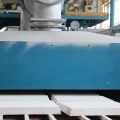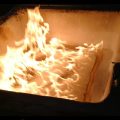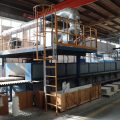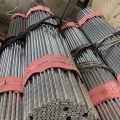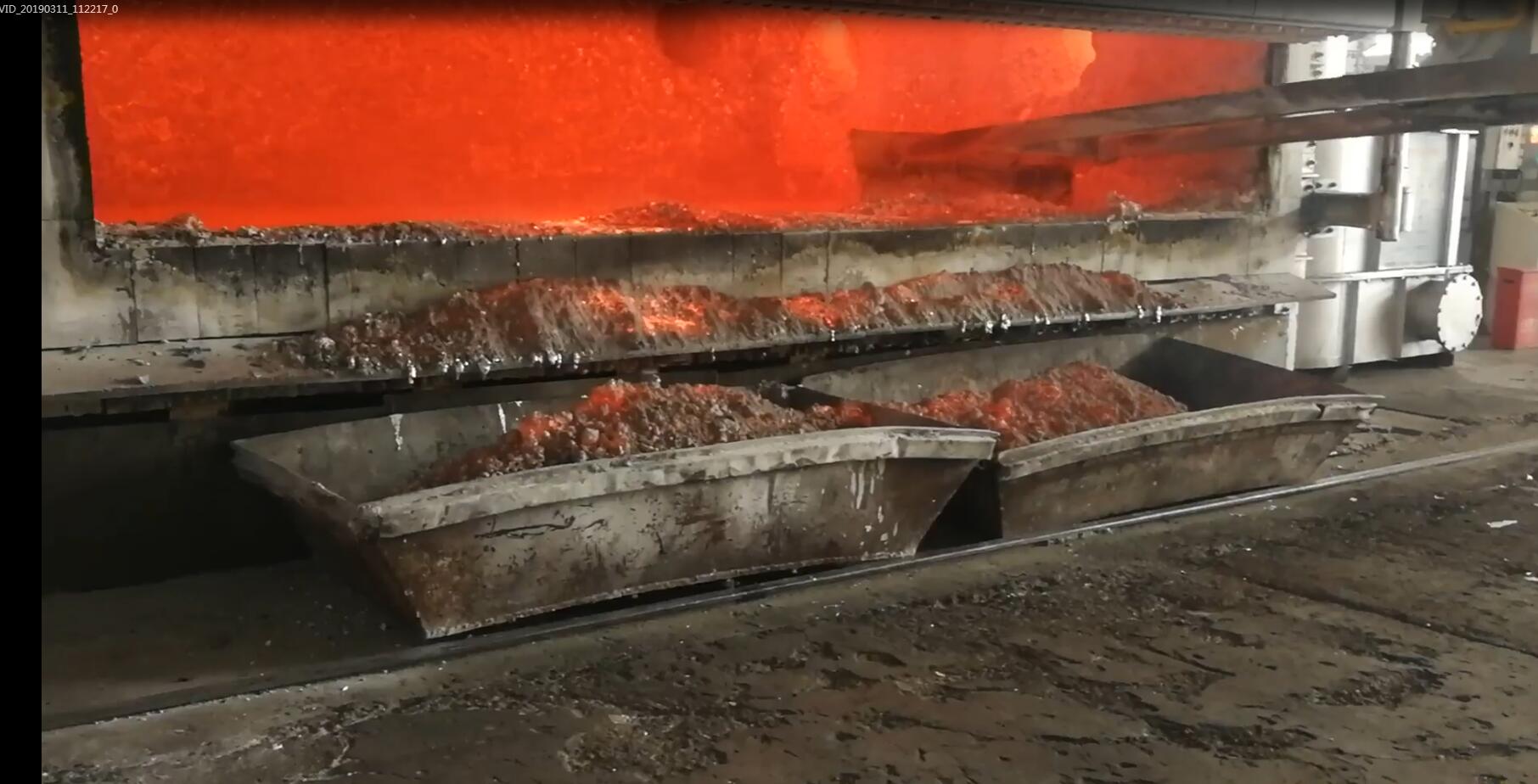Aluminum Can Recycling needs to refine and refine the degassing process, which includes ceramic foam filter, degassing unit, refing flux.
Aluminum Can Recycling’s current international method is to directly produce 3004 aluminum alloy without separation.
The process flow of using Aluminum Can Recycling to produce 3004 aluminum alloy is as follows
1. Shattered packaging materials of waste cans
2. Magnetic separation to remove iron material
3. Rotary kiln carbonized paint
4. Rotary screening vibration decarburization
5. Double-chamber reverberatory furnace melting
6. Removal of impurities and magnesium
7. Adjust the ingredients
8. Refining and degassing
9. Filter
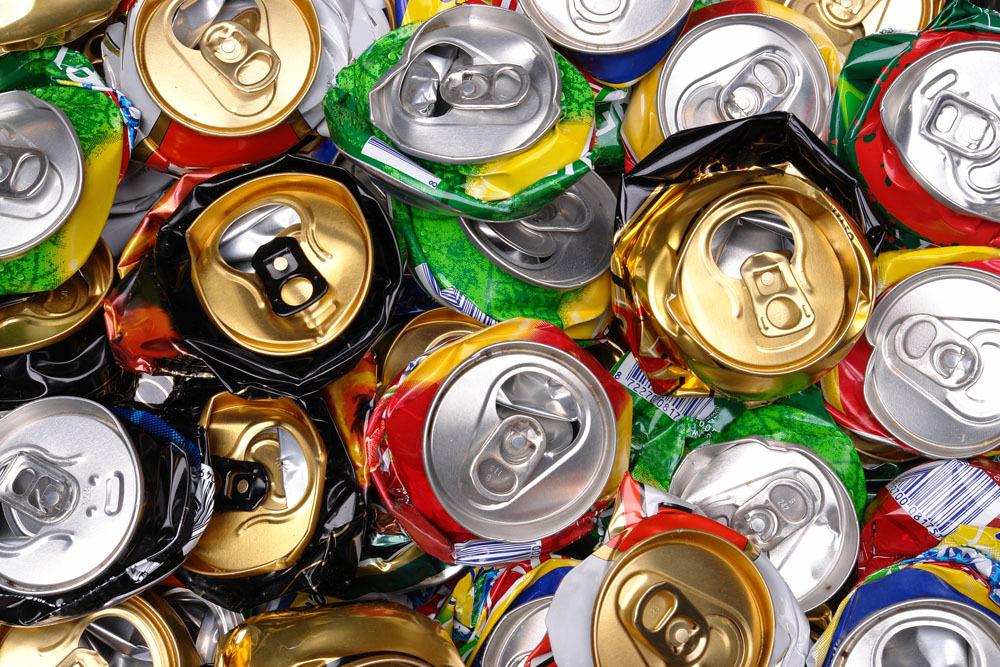
1. Broken
The shape of the recovered waste cans has been destroyed, and some imported waste cans have been broken into lumps. Therefore, they need to be broken before removing the paint.
2. Paint stripping and drying
The loose waste cans (including the broken waste cans) directly enter the paint stripping kiln for paint stripping.
The paint stripping is processed by a rotary paint stripping kiln. At the beginning, a certain amount of thermal energy is required. After reaching a certain temperature, the thermal energy mainly depends on the heat released during the carbonization process of the paint on the surface of the can.
In the rotary paint removal kiln, the paint layer of the can is carbonized, and the paint layer falls off by the vibration of the rotation process.
In this process, the moisture in the can is also dried, which eliminates the possibility of water and aluminum water in the remelting process from reacting, and the safety of production is guaranteed. The temperature of the rotary kiln is controlled at about 500℃.
3. Rotary vibration decarburization
After being dried and carbonized, the carbon particles of paint are also applied to the broken cans. After being vigorously stirred, the carbon particles are completely separated and separated after vibrating and screening.
4. Smelting
The pre-treated waste cans enter the smelting furnace for smelting. There are many types of secondary aluminum smelting furnaces, and the use of advanced double-chamber reverberatory furnaces is currently the international preference.
5. The smelting process
After the waste cans are melted, the slag is removed, and the resulting composition is similar to that of the 3004 alloy used in the production of the can body. The content of magnesium in the melt exceeds the standard, it is necessary to control the operating conditions and add a scouring agent for removing magnesium to make the magnesium enter the scum.
6. Grain refinement
In order to ensure that the aluminum alloy ingot that meets the standard is obtained, in the later stage of smelting, grain refinement is required, and a grain refiner is added. At present, there are several kinds of refiners with better effects. This process plans to use two kinds, one is Al-Tl-B, and the other is rare earth element refiners.
7. Degassing
Degassing is mainly to remove hydrogen, sodium, calcium, etc. in molten aluminum.
Use nitrogen or argon as the degassing agent.
The degassing agent forms fine bubbles in the molten aluminum. The contact between the bubbles and the aluminum liquid adsorbs the surrounding hydrogen and oxides such as calcium and sodium, and then floats to the top of the aluminum liquid.
8. Filter
Since the molten aluminum contains impurities, a filter box composed of ceramic filter plates is required to filter and remove impurities from the molten aluminum to achieve the purpose of purifying the molten aluminum.

